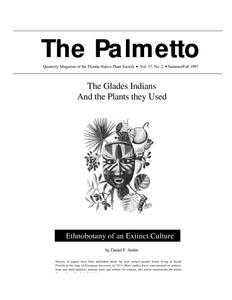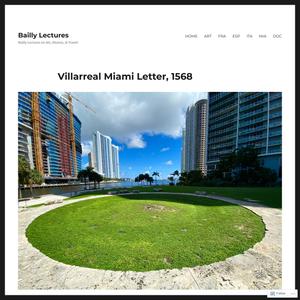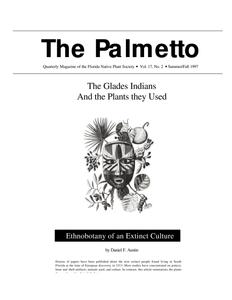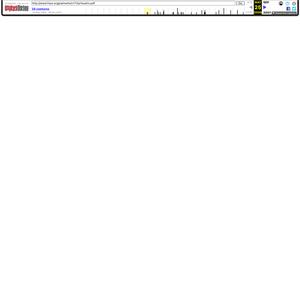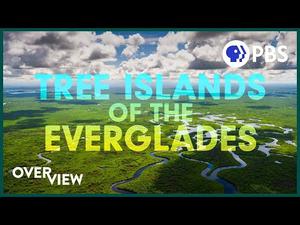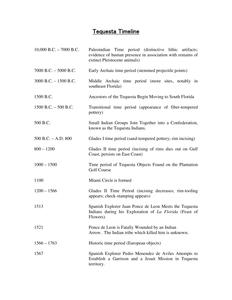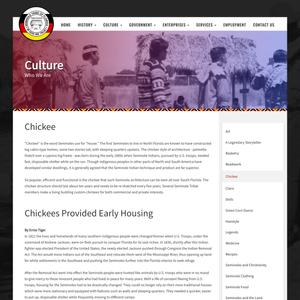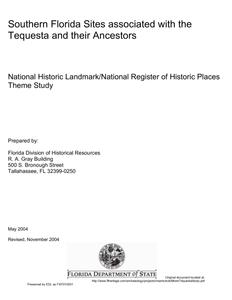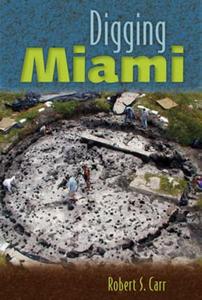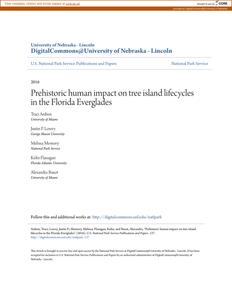
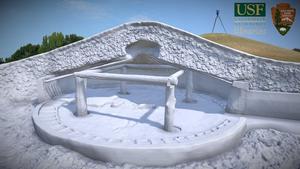
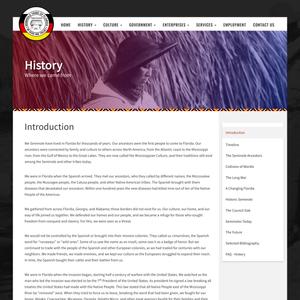
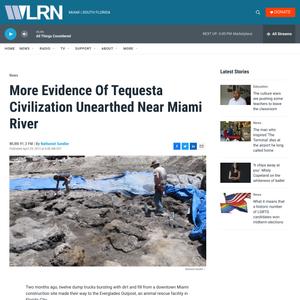

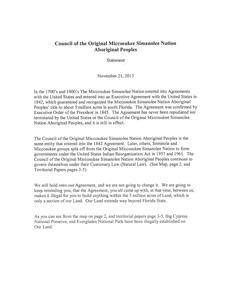

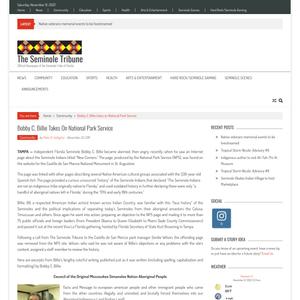
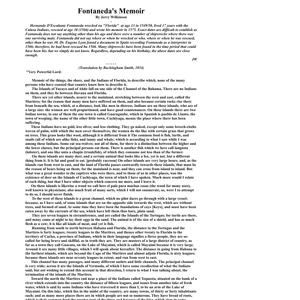
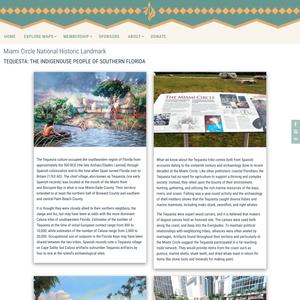
The South Florida Indigenous culture called Tequesta constructed the Miami Circle. They chose this site, where the Miami River meets Biscayne Bay and with the Everglades to the west, to build their village. The location gave access to the offshore reefs in the ocean and fish from the river, plus an abundance of plants from the Everglades. With all the resources of food and raw materials for tools, the village became large and occupied both banks of the river. Dr. Robert S. Carr, who discovered the Miami Circle on the south bank of the Miami River’s mouth in 1998, says the Tequesta settlement may have reached as far west as Miami Avenue and as far north as present Flagler Street. He has been excavating in the area since 2005, and through the course has uncovered extensive village complex, burial grounds, middens, and a circle (Royal Palm Circle) with almost the same dimensions as the Miami Circle. Probably the foundation of a dwelling, Royal Palm Circle (named because it's location...
What we know about the Tequesta tribe comes both from Spanish accounts dating to the sixteenth century and archaeology done in recent decades at the Miami Circle. Like other prehistoric coastal Floridians the Tequesta had no need for agriculture to support a thriving and complex society. Instead, they relied upon the bounty of their environment, hunting, gathering, and utilizing the rich marine resources of the bays, rivers, and ocean. Fishing was a year-round activity and the archaeology of shell middens shows that the Tequesta caught diverse fishes and marine mammals, including mako shark, swordfish, and right whales.
